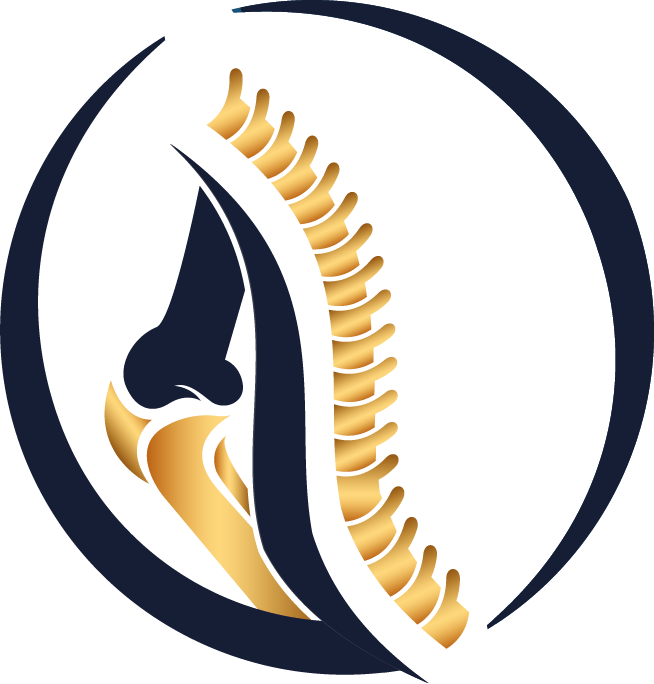Acute Primary Anterior Cruciate Ligament Repair
The anterior cruciate ligament (ACL) is one of the basic
anatomical structures that is frequently affected in sports injuries and
provides knee joint stability. In addition to its function of restricting
abnormal movements in the knee, the anterior cruciate ligament also serves as a
sensory organ (Proprioception: Regulation of muscle contractions according to
balance). This is where the difference between anterior cruciate ligament
repair and reconstruction surgery emerges. In current studies, it has been observed
that when repair and reconstruction are compared, all results are similar, but
the sense of balance is better in patients who have undergone repair.
The first publications about anterior cruciate ligament
repair started in the 1980s. Although the initial results were good in these
studies, it was determined that knee stiffness and ligament failure were
observed as time progressed. For this reason, this method was abandoned and the
reconstruction process was accepted as the gold standard. When we examine it
retrospectively, the reasons why this method failed are; It is applied to all
types of tears, surgical techniques are inadequate and postoperative
rehabilitation programs are not appropriate.
After an anterior cruciate ligament injury, the torn part of
the ligament is usually attached somewhere within the joint. It can be seen
during arthroscopy that it is attached to the upper part of the femur, the
posterior cruciate ligament, the notch area and the fat pad called Hoffa in
front of the knee. If the ligament is not attached to anything, arthroscopy
will show that the ligament has disappeared (lysis) after a certain period of
time. In histological studies conducted on patients to whom the severed
ligament adhered, it was observed that the sensory organs called
mechanoreceptors within the ligament were still alive and intact. In short, the
stump wants to preserve the vitality of the anterior cruciate ligament by
sticking somewhere within the joint. During the repair process, it is ensured
that the stump is held in the right place and in the appropriate position.
Which Anterior Cruciate Ligament Tears Can Be Repaired?
Anterior cruciate ligament injuries are classified according
to the level along the length of the ligament at which the tear occurs. Tears
that occur at the point of attachment to the bone at the top are considered
Type 1. If a rupture occurs leaving a small stump in the upper part, it is
defined as Type 2, and as it goes down to the lower parts, it is defined as
Type 3 and 4. Generally, 80% of the anterior cruciate ligament ruptures from
the upper part (Type 1 and 2). If the ligament tears in the middle, which is
about a 20% probability, unfortunately it is not repairable.
Anterior cruciate ligament repair can be applied to Type 1
and 2 tears. In type 3 and 4 tears, reconstruction should be performed instead
of repair. A good MRI image taken early after the injury will give us
information about the level of the tear and whether it is suitable for repair.
When Should Anterior Cruciate Ligament Repair Be Performed?
The ideal patient for repair is Type 1 and 2 tears that are
repaired within the first 3 weeks (maximum 6 weeks) after the injury. If the
repair is done early, its success will increase accordingly. Early surgery also
gives us the chance to perform more meniscus repairs. Accompanying meniscus
injuries become more fragmented during the time spent for reconstruction and
sometimes become irreparable.
It was previously thought that early surgery for anterior
cruciate ligament injury would result in stiffness in the joint called
arthrofibrosis. Recent studies have shown that early surgery does not cause
joint stiffness.
Does Age Matter in the Patient Who Will Have Anterior Cruciate Ligament Repair?
There is no specific age limit for anterior cruciate
ligament repair. It may be preferred in patients who can undergo
reconstruction. It provides more advantages than reconstruction in pediatric
patients because it does not damage the growth plate.
It has been observed that the rates of re-rupture after
repair are higher in patients under the age of 20 compared to other age groups.
This is because it is more difficult for this age group to be adequately
rehabilitated and the return to sports is earlier. Normally, the average return
to sports for a patient who underwent repair is determined as 9 months, whereas
in this age group, patients generally return to sports before 4-5 months.
What are the Anterior Cruciate Ligament Repair Techniques?
There are 3 methods for anterior cruciate ligament repair.
- Dynamic intraligamentary stabilization (Implants applied
with the second surgery must be removed)
- Augmentation with internal brace
- Primary anterior cruciate ligament repair with suture
anchor (the most commonly used method in practice)
Recovery After Acute Primary Anterior Cruciate Ligament Repair
After anterior cruciate ligament repair, the patient must
use a knee brace for 4 weeks. We make angle adjustments to our patients weekly
and describe the movements they need to do. We want our patients to use
crutches and not bear weight on the leg on which she/he had surgery for the
first 6 weeks. The period of full return to sports after surgery should be
considered as an average of 9 months.
In conclusion;
The earlier repair surgery for selected anterior cruciate
ligament injuries is performed after the injury, the better results are
obtained. Early surgery increases the chances of success of the treatment as it
allows injuries such as meniscus etc. to be treated earlier. It is a more
minimal surgery compared to the reconstruction procedure, and the patient has
less pain after the surgery. There is no need to take ligaments from another
part of the body.
Preserving every original tissue in the body is often desirable,
and we should try to preserve our original anterior cruciate ligaments as much
as possible. Therefore, it is necessary to consult a doctor early.
 Türkçe
Türkçe
 Arabic
Arabic



